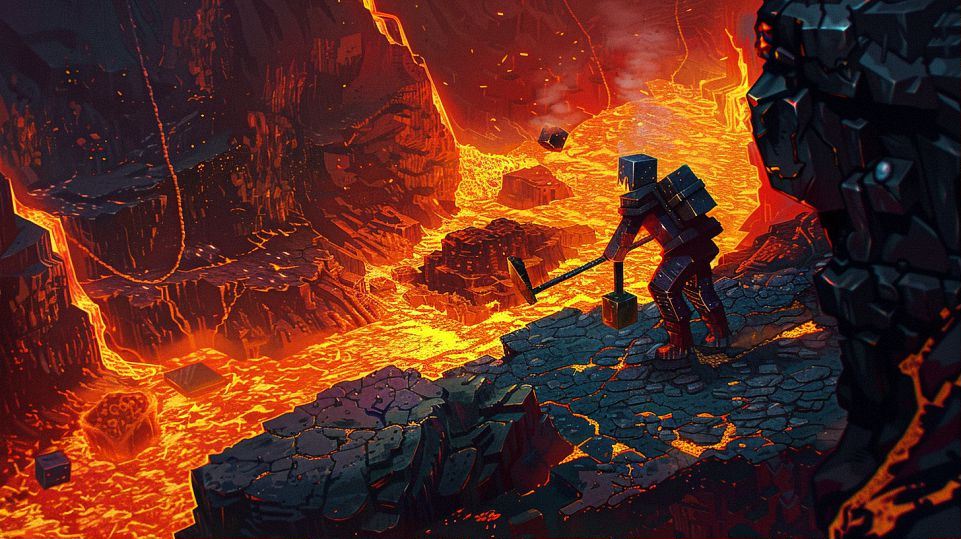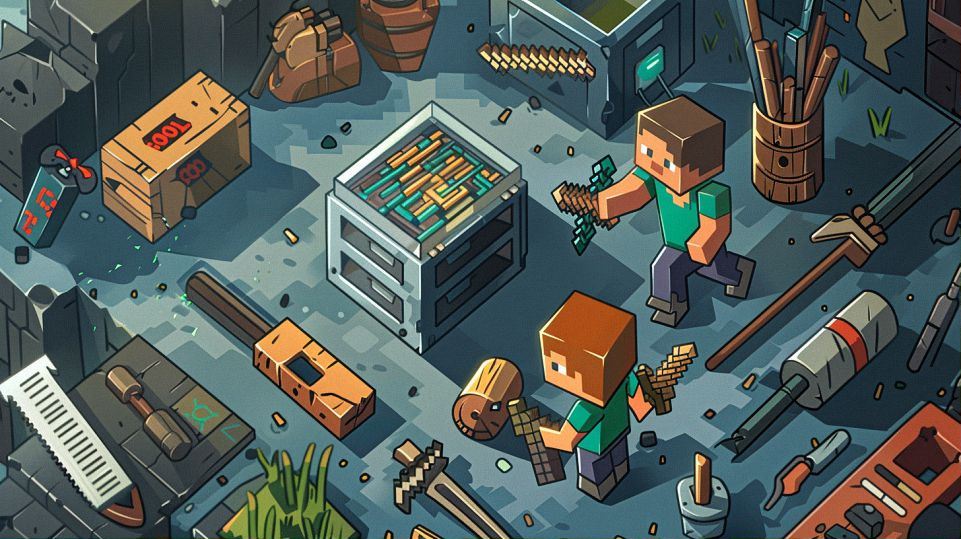Water in Minecraft: Creative Builds and Tips

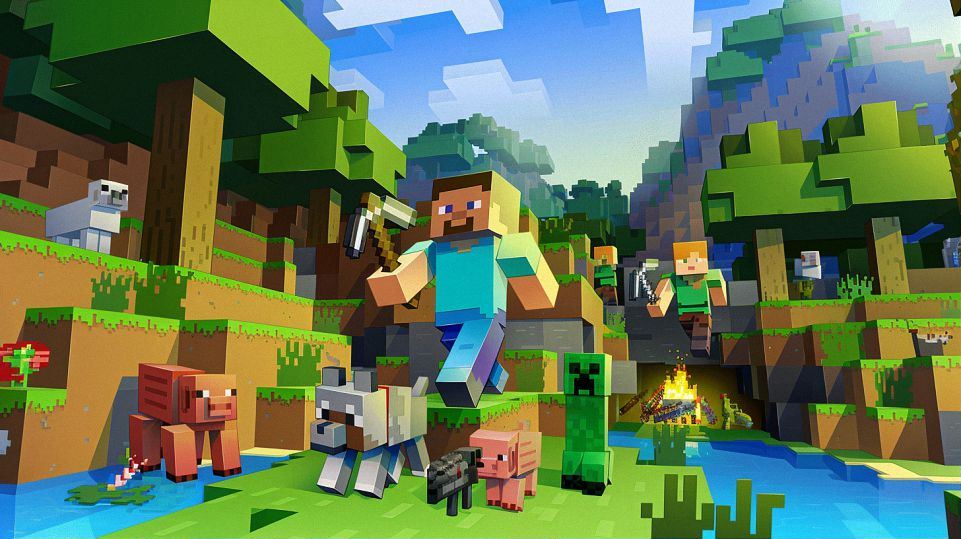
Understanding Water Mechanics in Minecraft
Basic Water Behavior: Flow and Source Blocks
In the world of Minecraft, water mechanics are crucial for various activities, from building to farming. Understanding how water behaves can make your gameplay more efficient and enjoyable. Let’s dive into the essentials of water in Minecraft.
Contents
ToggleWhen you place a water source block, it doesn’t just stay in one place. Water in Minecraft flows out from the source block, spreading up to seven blocks away on a flat surface. However, this distance decreases when the water encounters obstacles or slopes. On a slope, water flows downward, creating a cascading effect that can be both useful and aesthetically pleasing.
Ever wondered what happens when you remove a source block? The water flow gradually dissipates, leaving behind only a trace of moisture. This behavior is essential for creating and managing water features in your builds.
Water Interactions with Different Blocks
Water interacts uniquely with different types of blocks in Minecraft. Understanding these interactions can help you build more effectively and avoid unexpected issues.
- Solid Blocks: Most solid blocks, like stone and dirt, will block water flow. Water will flow around them, creating interesting patterns and paths.
- Transparent Blocks: Blocks such as glass and fences allow water to pass through, which can be used creatively in various builds.
- Redstone Components: Water can destroy redstone circuits, causing your mechanisms to malfunction. It’s crucial to protect your redstone creations from water damage.
- Soil Blocks: When water is placed near soil blocks, it can hydrate farmland up to four blocks away. This is vital for creating efficient farms.
Water Physics: Infinite Water Sources and Waterfalls
Minecraft offers unique water physics that can be harnessed for both practical and decorative purposes. Two notable examples are infinite water sources and waterfalls.
Infinite Water Sources
Creating an infinite water source is a handy trick for any Minecraft player. To do this, dig a 2×2 hole and fill two opposite corners with water buckets. The water will flow into the empty spaces, creating a continuous water source you can draw from indefinitely. This technique is invaluable for farming, brewing, and large-scale building projects.
Waterfalls
Waterfalls in Minecraft aren’t just visually appealing, they can also be functional. By placing a water source block at a high point, you can create a waterfall that flows downwards. This can be used to transport items or players safely from high places to lower levels. For a more natural look, try incorporating various blocks and terrain features around your waterfall to blend it seamlessly into your environment.
Advanced Water Mechanics
For those looking to take their understanding of water in Minecraft to the next level, there are more complex interactions and mechanics to explore.
- Water Elevators: Using water and soul sand or magma blocks, you can create elevators that transport players vertically with ease. Soul sand creates a bubble column that pushes players up, while magma blocks create a column that pulls them down.
- Water Traps: Water can be used in mob traps and farms to guide mobs into specific areas for collection or disposal. By understanding water flow mechanics, you can design efficient and effective traps.
Conclusion
Mastering water mechanics in Minecraft opens up a world of possibilities for creative and functional builds. From managing water flow to creating infinite sources and stunning waterfalls, understanding these mechanics will enhance your gameplay and building skills. So, grab your buckets and start experimenting with the wonders of water in Minecraft!
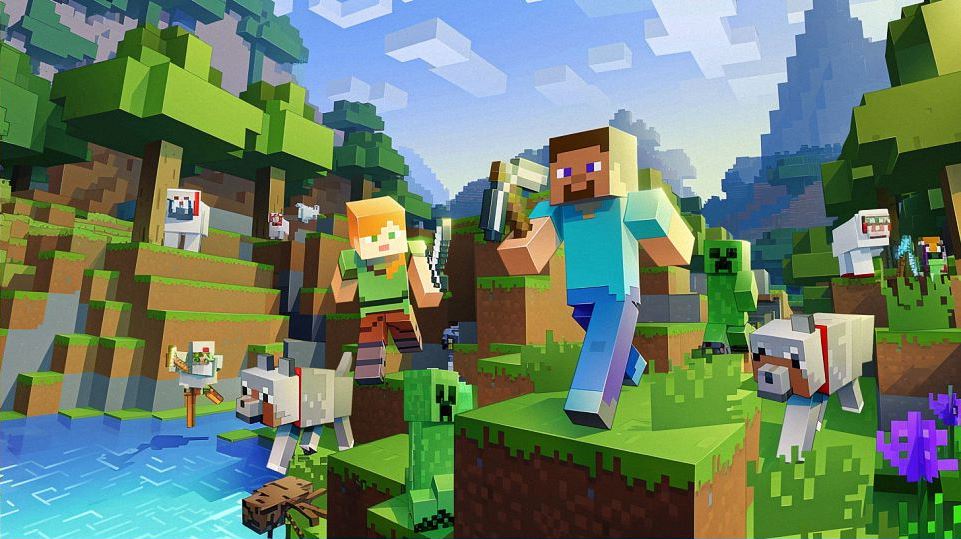
Creative Uses of Water in Minecraft
Building Water Features: Pools, Fountains, and Aquariums
Water in Minecraft isn’t just for survival and farming, it’s also a fantastic resource for creative builds. From tranquil pools to grand fountains and mesmerizing aquariums, water can add a splash of elegance to your world.
Pools
Creating a pool in Minecraft can be both functional and decorative. Start by digging out your desired shape—be it a simple rectangle or an intricate design. Line the bottom with a material of your choice, such as quartz blocks for a clean look or mossy cobblestones for a more rustic feel. Fill the pool with water source blocks to ensure it’s completely filled without any flowing water, which gives it a smooth and inviting surface.
Adding details like lounge chairs, umbrellas, and even diving boards can make your pool area look like a luxurious retreat. Don’t forget to add lighting using sea lanterns or glowstone to make your pool shine at night!
Fountains
Fountains are a great way to add sophistication to gardens, courtyards, or public squares. Begin by designing the base, which can be a simple stone circle or a complex tiered structure. Place water source blocks at the top, letting the water cascade down. To make it more interesting, consider using different block types like stone bricks or sandstone for contrast.
Enhance your fountain with additional features like statues or plants. You can even integrate redstone to create timed water features that add movement and life to your fountain.
Aquariums
Aquariums bring a touch of the ocean into your Minecraft home. Start by building a large glass tank. Fill it with water and add a variety of underwater plants, corals, and sea pickles for lighting. Populate your aquarium with fish, turtles, and even dolphins if you have the space!
To make your aquarium even more impressive, incorporate different layers of terrain and structures, like underwater caves or shipwrecks. This creates a dynamic environment that mimics the complexity of the ocean.
Creating Functional Structures: Farms and Water Elevators
Water isn’t just for decoration—it’s a key component in many functional structures in Minecraft. Let’s explore how you can use water to improve your efficiency.
Farms
Water is essential for crop farming in Minecraft. By strategically placing water within four blocks of tilled soil, you can ensure your crops stay hydrated. A simple but effective farm design is the 9×9 grid with a single water source block in the center, covered by a lily pad to prevent falling in.
For more advanced farming, consider automated farms using water flow to harvest crops. By setting up dispensers with water buckets, you can create a system that floods your crops, pushing them into hoppers and chests for easy collection.
Water Elevators
Need a quick way to move between different levels of your base? Water elevators are your solution. By using water source blocks, soul sand, and magma blocks, you can create elevators that move you up and down swiftly.
To build a water elevator, construct a column using glass or another transparent block. Place water source blocks all the way up inside the column. At the bottom, place soul sand to create an upward bubble column or magma blocks for a downward column. These elevators are efficient and add a cool visual effect to your base.
Using Water for Transportation: Boats and Ice Roads
Water can also be a vital component for transportation in Minecraft. Whether you’re traveling by boat or building an ice road, water helps you move faster and more efficiently.
Boats
Boats are a quick and fun way to travel across large bodies of water. They’re easy to craft using just five wooden planks. Once you have your boat, simply place it on water and hop in. Boats allow you to move swiftly across oceans, lakes, and rivers, making long-distance travel a breeze.
Navigating through waterways can also lead to discovering new biomes and treasures like shipwrecks and ocean monuments. Just remember to bring a spare boat in case of emergencies!
Ice Roads
For the ultimate in fast travel, consider building ice roads. Packed ice or blue ice is best for this purpose, as boats travel incredibly fast on these surfaces. Construct a long pathway using ice blocks and create a channel with water or simply use boats directly on the ice.
Ice roads are particularly useful in the Nether, where distances can be vast and dangerous. They provide a safe and rapid means of travel between distant locations like fortresses and portals.
Water in Minecraft is not just a basic element, it’s a versatile tool that can enhance your world in countless ways. From beautiful water features to practical farms and fast transportation methods, mastering the use of water will make you a true Minecraft expert!
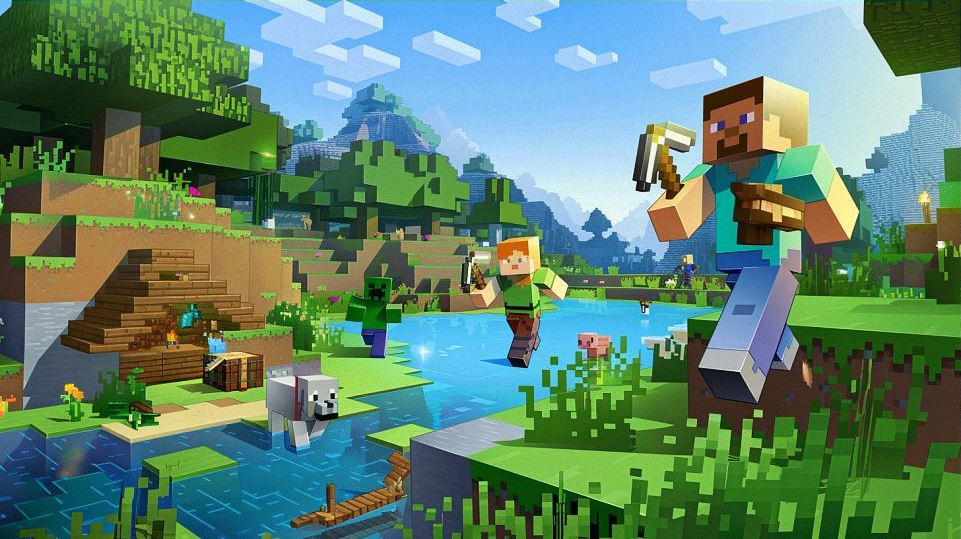
Challenges and Tips for Managing Water in Minecraft
Preventing Water Damage: Protecting Builds and Redstone
Managing water in Minecraft comes with its set of challenges, especially when it comes to protecting your builds and delicate redstone circuits. One misplaced bucket of water can wreak havoc on your intricate designs and mechanisms.
Protecting Builds
Water can be a double-edged sword in Minecraft. While it’s great for creating beautiful landscapes and essential for farming, it can also damage your structures if not handled carefully. To prevent water from damaging your builds:
- Use Barriers: Place solid blocks like stone, wood, or glass around areas where you don’t want water to spread. This prevents accidental flooding and protects your structures.
- Elevate Sensitive Areas: Building important parts of your base, like storage rooms or crafting areas, a few blocks above ground level can help keep them safe from unexpected water flows.
- Seal Gaps: Make sure there are no gaps or holes in the floors and walls of your builds where water could seep through. Even a small crack can cause a lot of damage.
Protecting Redstone
Redstone circuits are particularly vulnerable to water damage. Water can break redstone dust, torches, and other components, causing your mechanisms to fail. Here are some tips to safeguard your redstone creations:
- Cover Your Circuits: Encase your redstone circuits in solid blocks to shield them from any water that might spill nearby. This simple step can save you a lot of headaches.
- Use Waterproof Designs: When building complex redstone machinery, plan for water safety from the start. Design your circuits with layers of protection, such as glass or slabs, to prevent water from reaching critical components.
- Test in Creative Mode: Before implementing your redstone contraptions in Survival Mode, test them in Creative Mode. This allows you to identify potential water-related issues without risking your resources.
Efficient Water Management in Survival Mode
Efficient water management is key to thriving in Minecraft’s Survival Mode. Whether you’re farming, mining, or building, knowing how to handle water effectively can make a big difference.
Water Sources
Creating and maintaining an infinite water source is crucial for efficient water management. Here’s how you can do it:
- 2×2 Infinite Water Source: Dig a 2×2 hole and place water in two opposite corners. This creates a self-replenishing water source you can use indefinitely.
- Backup Water Supplies: Always carry a couple of water buckets in your inventory. This ensures you have access to water when you need it, whether it’s for farming, extinguishing fires, or creating temporary barriers.
Water for Farming
Water is essential for growing crops in Minecraft. To maximize your farming efficiency:
- Hydrate Farmland: Place water sources within four blocks of your tilled soil. A single water source can hydrate up to 80 blocks of farmland, so plan your layout accordingly.
- Automate Irrigation: Use dispensers with water buckets and redstone circuits to create automated irrigation systems. This can save you time and ensure your crops are always well-watered.
Water for Mining
Water can be a lifesaver while mining, especially in dangerous environments like caves or ravines:
- Lava Protection: Carrying a water bucket allows you to quickly turn lava into obsidian, preventing accidental burns and creating safe pathways.
- Navigating Caves: Use water to create temporary waterfalls that help you navigate steep drops or climb back up from deep caverns.
Troubleshooting Common Water-Related Problems
Despite your best efforts, water-related problems can still arise in Minecraft. Here’s how to troubleshoot and resolve some common issues:
Flooding
Flooding can happen unexpectedly, especially during large-scale building projects. If you find your build suddenly underwater:
- Block the Source: Identify and block the source of the water flow immediately. Use solid blocks to stop the spread and contain the flood.
- Drain the Area: Use sponges to soak up excess water quickly. If you don’t have sponges, placing blocks to absorb the water and then removing them can be effective.
Redstone Failures
If your redstone circuit stops working due to water damage:
- Inspect the Damage: Check all components of your circuit to identify what’s been affected. Replace any broken redstone dust, torches, or repeaters.
- Rebuild and Protect: After repairing the damage, reinforce your circuit with additional protective measures to prevent future incidents.
Crop Withering
If your crops aren’t growing as expected:
- Check Water Placement: Ensure that water sources are placed correctly and within range of all your crops.
- Replant as Needed: Sometimes, replanting crops and adjusting water sources can solve growth issues.
By understanding and managing these challenges, you’ll keep your Minecraft world running smoothly and your creations safe from water-related mishaps. Happy building!

